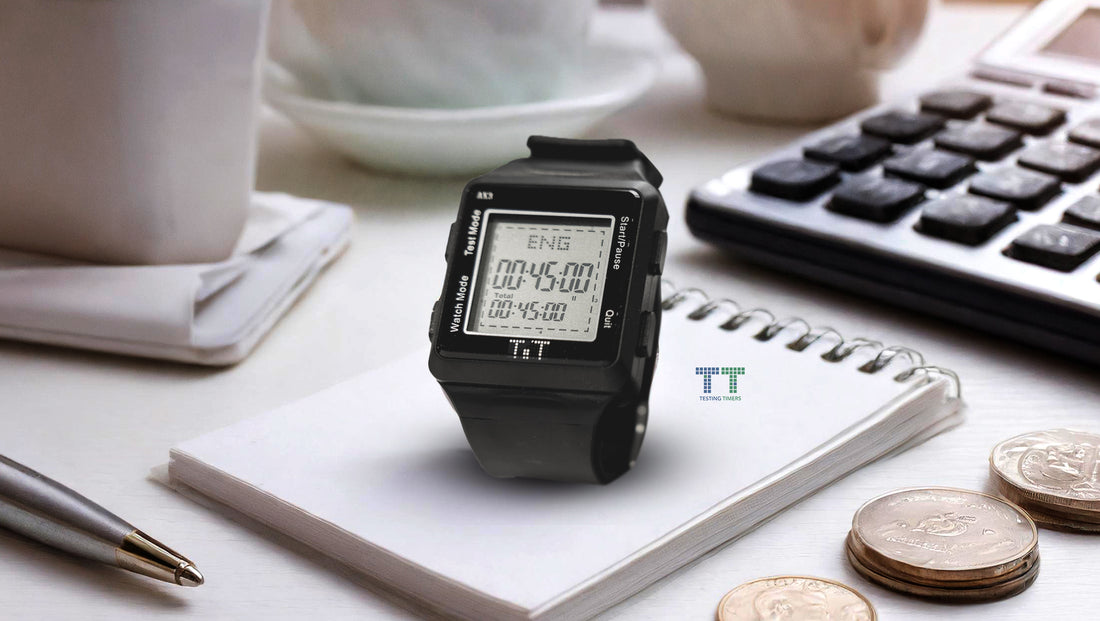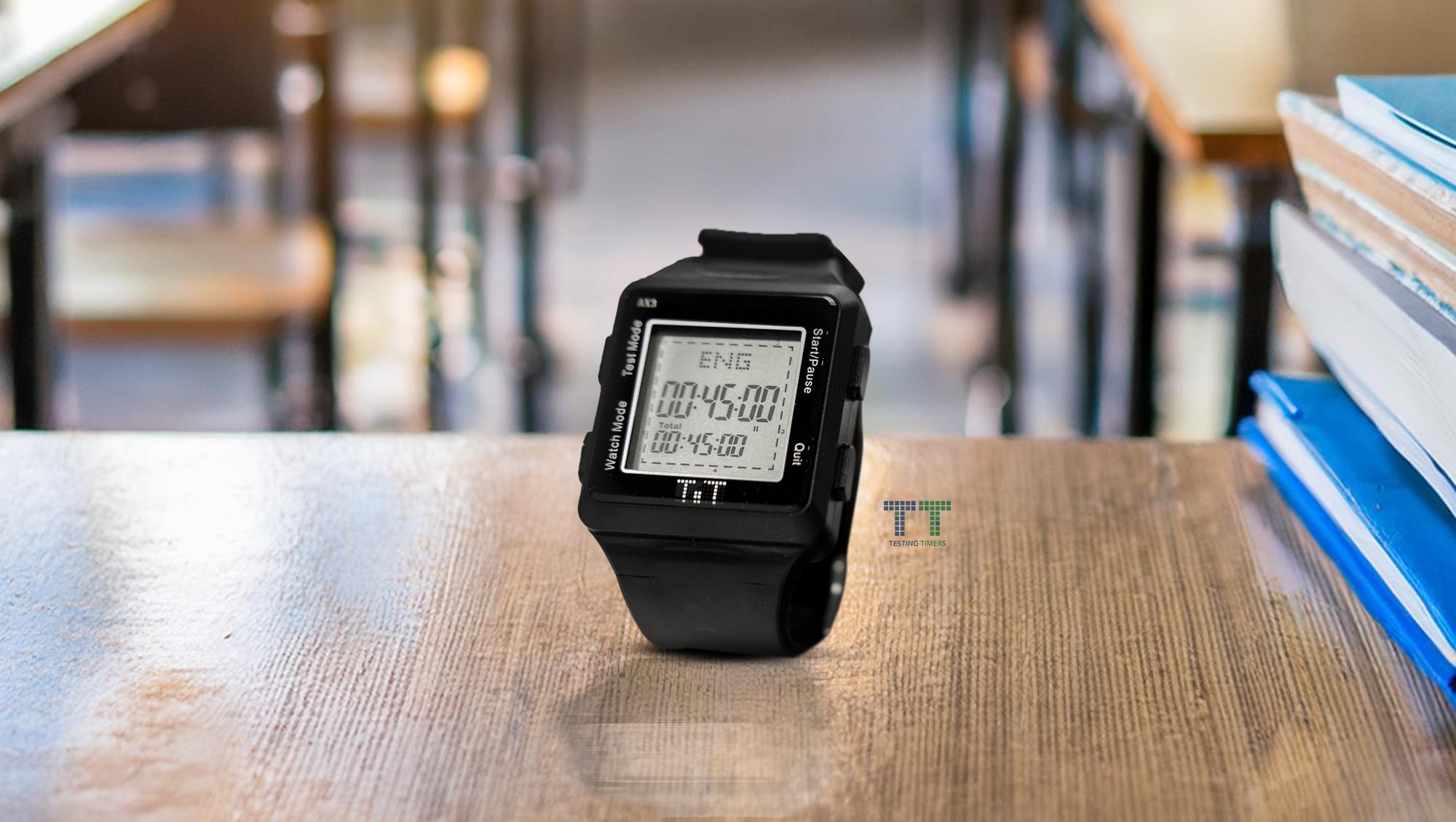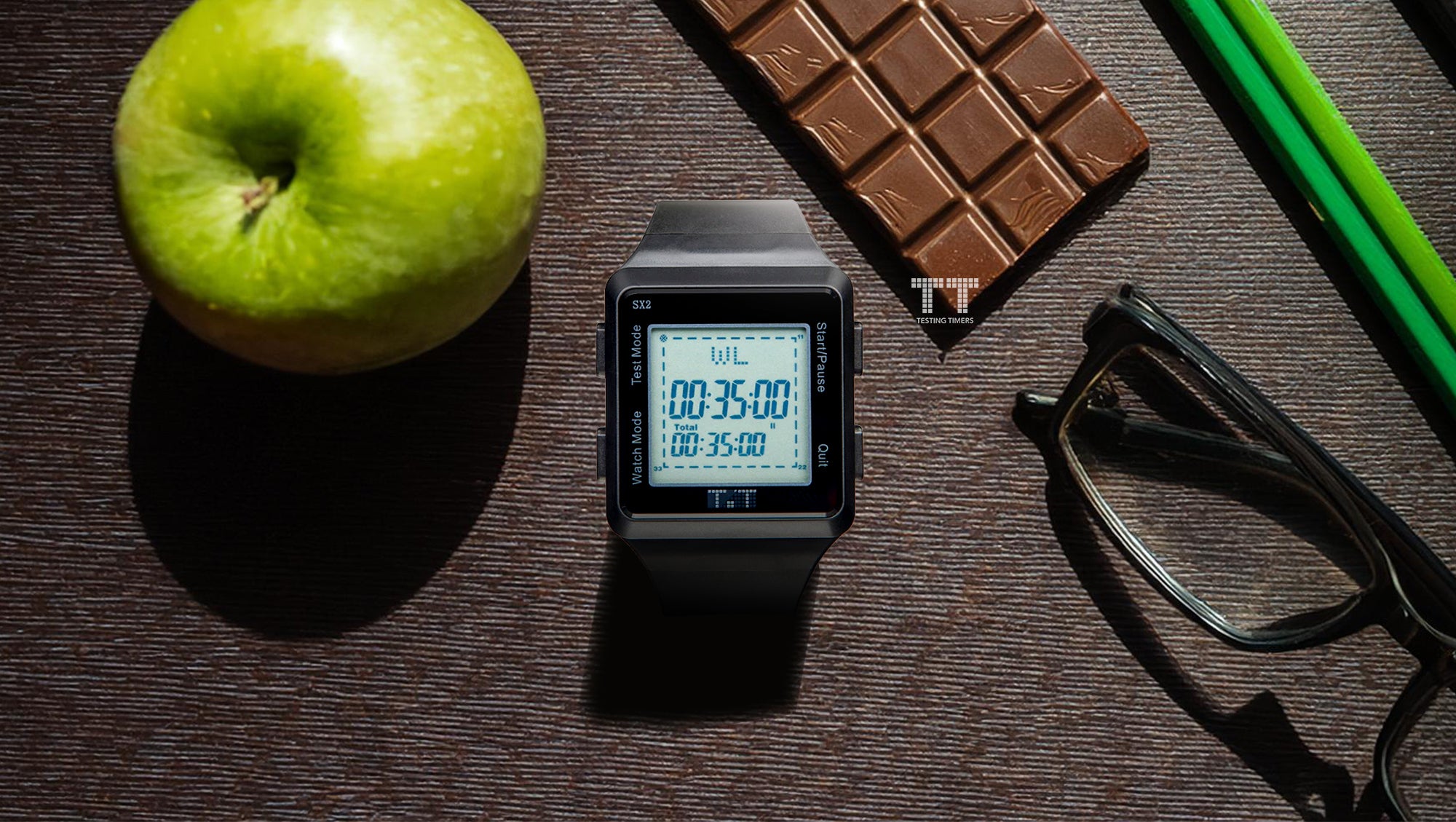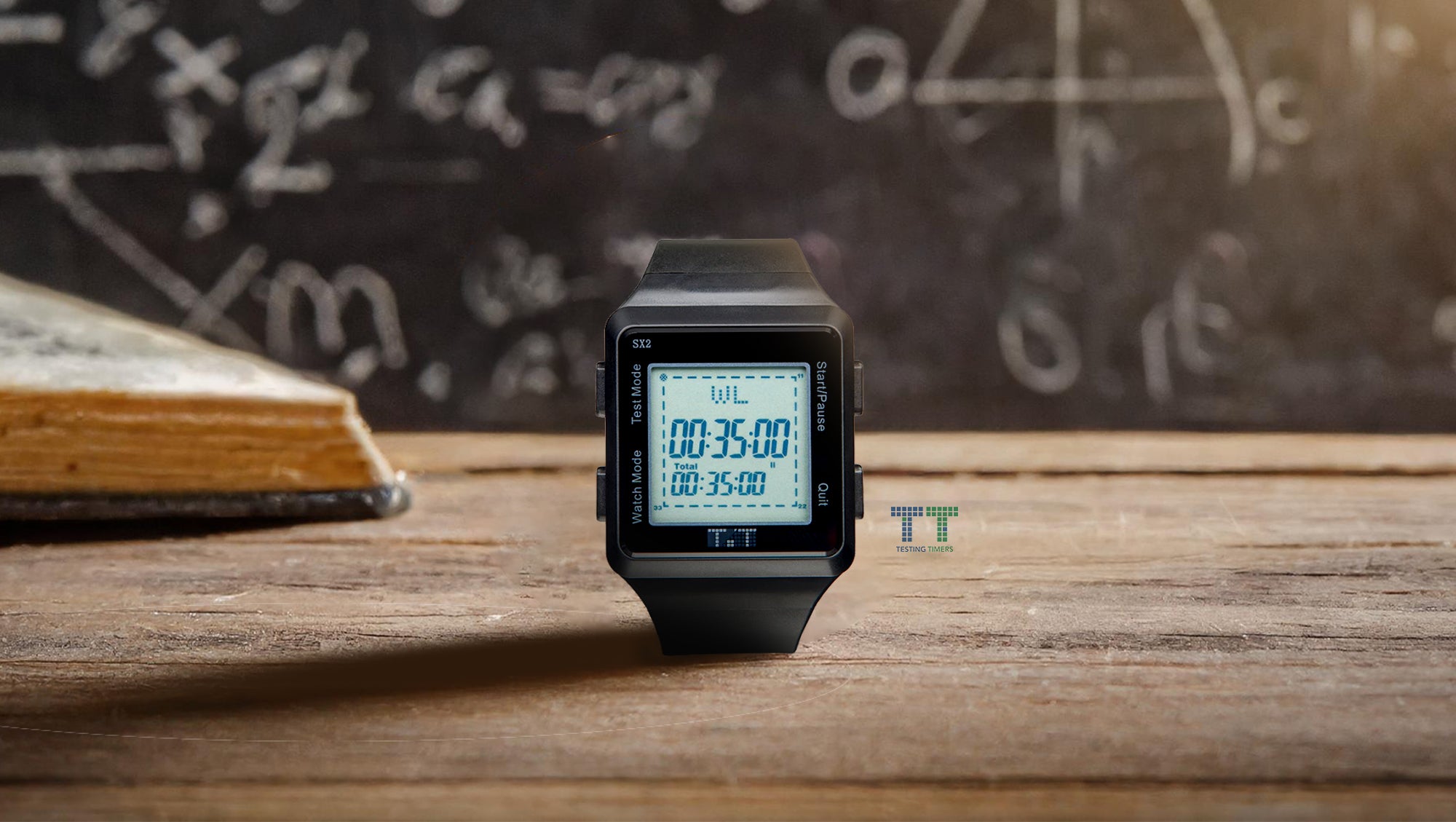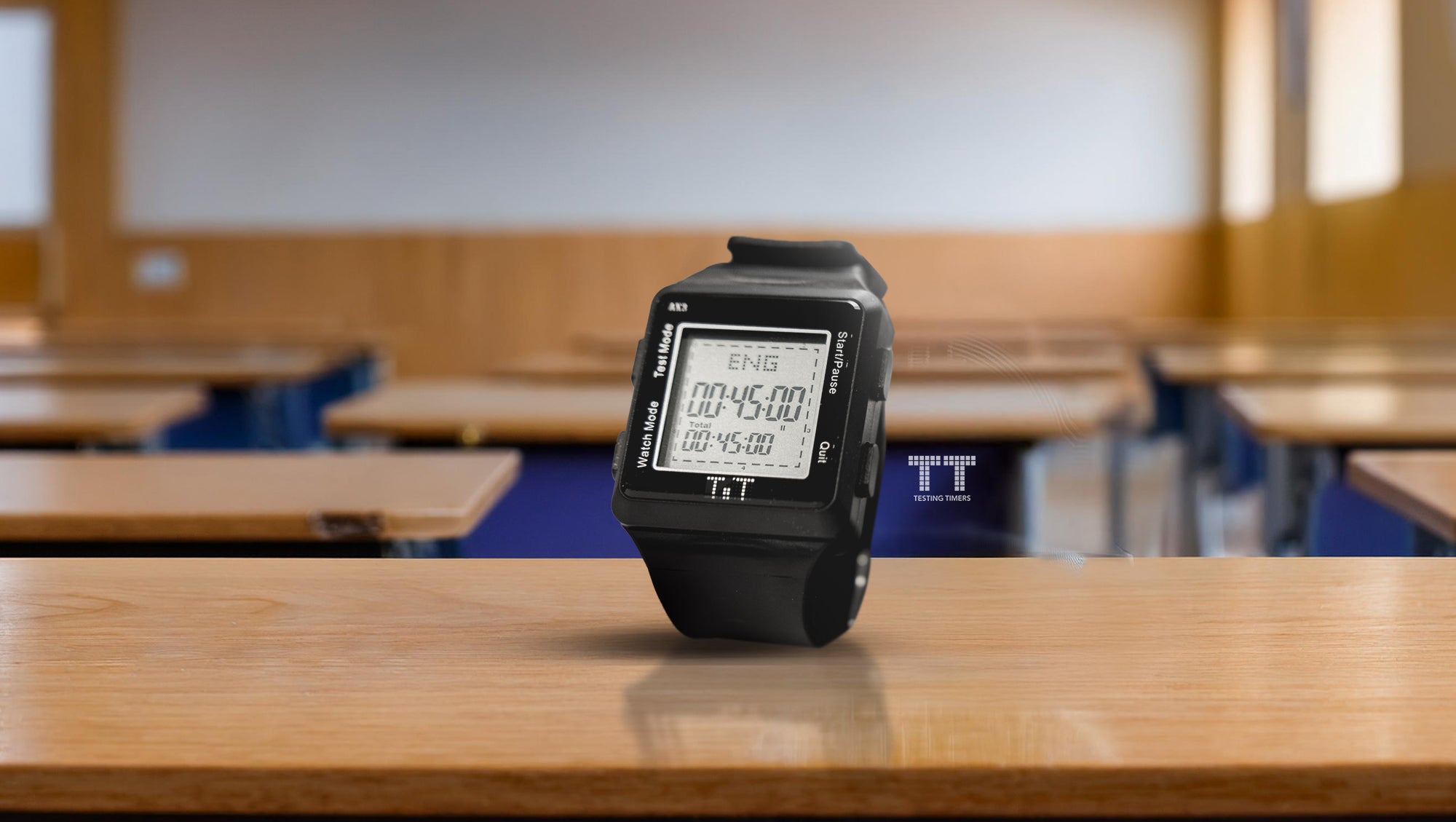The ACT is a standardized college admissions test that consists of four main sections: English, Math, Reading, and Science. While most of the ACT does not allow calculator use, the Math section does permit—and practically requires—test takers to use a calculator on certain portions.
Knowing the ACT's calculator policies and having the right calculator can help you optimize your Math score and boost your overall composite. Read on for a breakdown of the rules around using a calculator on the ACT.
ACT Calculator Section
The ACT Math section consists of 60 multiple-choice questions, split into two parts. The first part has 36 questions that do NOT allow calculator use. These tend to focus more on algebra, geometry, and trigonometry questions.
The second portion has 24 questions and IS open calculator, meaning you can and likely should use an approved calculator to solve these problems. This section tends to feature more statistics, probability, and complex equations that are extremely difficult or tedious to solve without a calculator.
Bottom line: You can only use a calculator in the second half (24 questions) of the ACT Math section. The ACT will provide basic 4-function calculators at some test centers, but most students choose to bring their own more advanced calculator as long as they don’t go against the approved list of calculators.
Sharing calculators between test takers is also not allowed, so do not forget to bring yours.
ACT-Approved Calculators
You cannot just bring any calculator you want to the ACT. Only certain basic and scientific models are allowed. Graphing calculators are NOT permitted.
Specifically, ACT-approved calculators include:
- Most basic 4-function calculators
- Simple scientific calculators
- Casio FX series models (FX-260, FX-300 series, etc.)
- TI-30X and TI-34 series models
The approved calculators above only have basic functions and lack internet connectivity, stored memory, and other advanced features that could provide an unfair advantage. If your calculator is not on the approved list, the test proctors will likely make you put it away on exam day, so stick to reliable approved models.
Things to Know About Using a Calculator on Test Day
Get Familiar with Your Calculator
Don’t plan to use an unfamiliar calculator on test day. Invest time beforehand to get comfortable with the buttons, layout, and functions so you can utilize them seamlessly during the actual test. Quickly locating the sqrt or sin key under pressure can make a difference.
Change Batteries Beforehand
There is nothing worse than inputting a long calculation only to have your calculator die halfway through. Avoid this by inserting fresh batteries before the ACT. Most students stock up on extras too in case batteries fail during the test.
Clear Memory and History
Make sure to clear your calculator's memory, including any stored formulas, before arriving at the test center. ACT rules prohibit using calculators with information stored in memory that could provide an advantage.
Show Proctors Your Calculator
When entering the test room, don’t be surprised if the proctors ask to inspect your calculator model to ensure it is ACT-approved. As long as it meets the policies above, you should be fine to use it.
Utilize Your Calculator Strategically
Just because you can use a calculator on one section doesn’t mean you always should. Slower test takers should be choosy—using it mainly for more tedious math or when stuck rather than punching everything in step-by-step. Analyze each question to determine whether your calculator will hinder or help.
Double Check Calculator Answers
Technology can fail. Mistyping a number or equation in your calculator can output an incorrect solution. Whenever reasonable during the test, take a second to double-check that calculator outputs make logical sense.
Leave Calculator on Desk During Breaks
Test takers get short breaks between ACT sections. You will have to leave your test booklet and calculator on your desk during breaks. Make sure your calculator isn’t sticking halfway off the desk where it could get knocked to the floor.
Wrapping Up
Using the right calculator on the ACT can save you time and headaches. Just remember the rules– stick to basic or simple scientific calculators, swap the batteries beforehand, and be strategic in how you use them during the test. Practicing with your calculator will help get your brain and fingers in sync too.
If you put in the right prep, you can walk into that test room feeling ready to tackle all those math questions head-on. But we also know it's not just about math skills, feeling stressed or pressed for time throws lots of students off their game.
That's why we designed tools like the Testing Timers Watch that can be clutch. Having customizable countdown timers right on your wrist means two fewer things to stress over. You'll know exactly where you are time-wise so you can focus your brain power on answering questions. Visit our website to see how students who test with confidence score better thanks to Testing Timers.

